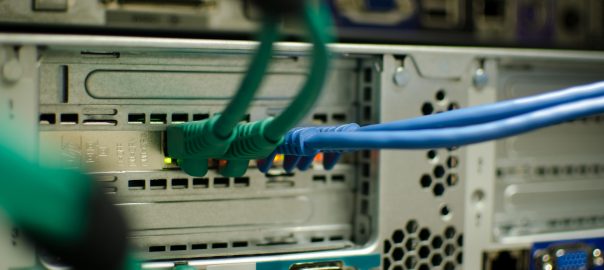Unpredictable random numbers are mandatory for cryptographic operations in many cases (ref). There are cryptographically secure pseudorandom number generators (CSPRNG) but the usage of a hardware random number generator (TRNG) is something I am especially interested in since many years. While there are many proprietary TRNGs (list) with different prices, I had a look at two cheap solutions: the Raspberry Pi’s hardware random number generator as well as an application that uses a DVB-T/RTL/SDR stick for gathering some noise.
I have tested both of them with various options and ran them against the dieharder test suite. In this post I am listing the CLI commands to get the random data from those source and I am listing the results of the tests.














